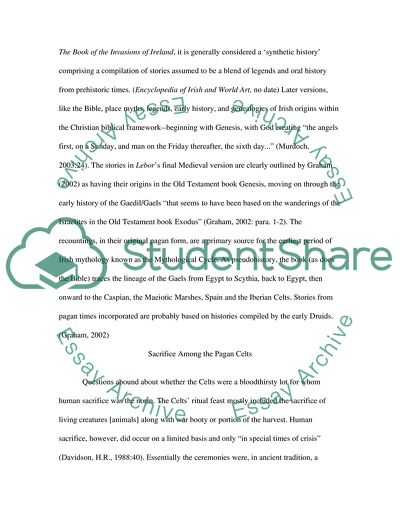Cite this document
(“Celtic Religion: Ogmios Essay Example | Topics and Well Written Essays - 1000 words”, n.d.)
Celtic Religion: Ogmios Essay Example | Topics and Well Written Essays - 1000 words. Retrieved from https://studentshare.org/religion-and-theology/1565817-write-250-words-on-each-of-the-following-four-a-ogmios-b-lebor-gabala-erennbook-of-conquests-c-sacrifice-among-the-pagan-celts-d-epona
Celtic Religion: Ogmios Essay Example | Topics and Well Written Essays - 1000 words. Retrieved from https://studentshare.org/religion-and-theology/1565817-write-250-words-on-each-of-the-following-four-a-ogmios-b-lebor-gabala-erennbook-of-conquests-c-sacrifice-among-the-pagan-celts-d-epona
(Celtic Religion: Ogmios Essay Example | Topics and Well Written Essays - 1000 Words)
Celtic Religion: Ogmios Essay Example | Topics and Well Written Essays - 1000 Words. https://studentshare.org/religion-and-theology/1565817-write-250-words-on-each-of-the-following-four-a-ogmios-b-lebor-gabala-erennbook-of-conquests-c-sacrifice-among-the-pagan-celts-d-epona.
Celtic Religion: Ogmios Essay Example | Topics and Well Written Essays - 1000 Words. https://studentshare.org/religion-and-theology/1565817-write-250-words-on-each-of-the-following-four-a-ogmios-b-lebor-gabala-erennbook-of-conquests-c-sacrifice-among-the-pagan-celts-d-epona.
“Celtic Religion: Ogmios Essay Example | Topics and Well Written Essays - 1000 Words”, n.d. https://studentshare.org/religion-and-theology/1565817-write-250-words-on-each-of-the-following-four-a-ogmios-b-lebor-gabala-erennbook-of-conquests-c-sacrifice-among-the-pagan-celts-d-epona.


